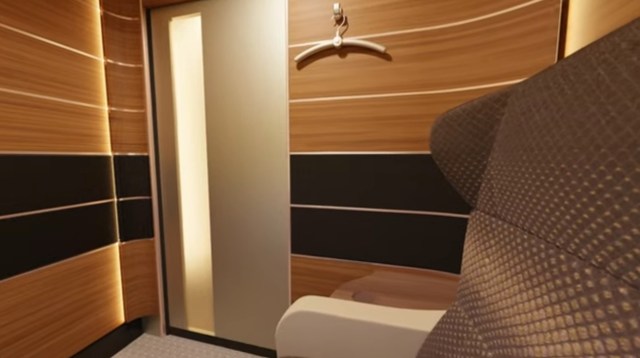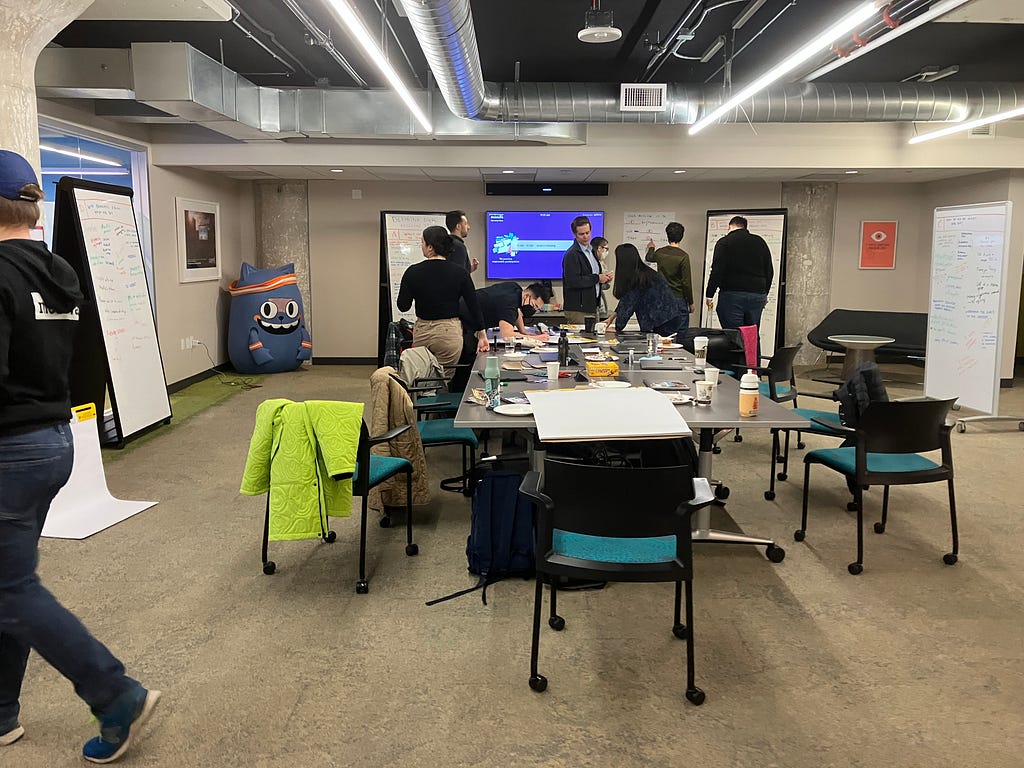A recent change made to the international Safety of Life at Sea — or SOLAS — treaty is raising concerns among shippers, carriers and terminals as the July 1 implementation date looms.
The new amendment requires that all containers and their cargo must be weighed — and that weight verified — before they can be loaded onto a ship.
The impetus for such a rule has many in the maritime business scratching their heads.
While few deny that incorrectly declared container weights can have a serious impact on the safety and stability of vessels, trucks and terminal equipment, many point out that such a regulation has been in place for more than 20 years.
Since 1994, the International Maritime Organization has required shippers to provide container weight information to vessel operators to ensure the boxes are correctly and safely stowed onboard.
The IMO’s new amendment, however, takes that rule a step further, requiring each container to have a signed document, either electronically or on the bill of lading, listing the “verified gross mass” — or VGM — of the container before it can be accepted on board.
The problem, according to the Journal of Commerce, is that there is a lot of frustration among shippers with the lack of information on how the new requirement is to be enforced, what it will cost and who will do the enforcing.
The issue has raised so many questions that the JOC has created an online “Special Topics” page at joc.com for container weights.
“This is one of the most important developments in maritime transport since the introduction of the container itself and the potential for significant disruption on July 1 — or even earlier in the case of some transshipment containers — is considerable,” John Foord, president designate of the Federation of National Associations of Shipbrokers and Agents, told the JOC.
Foord’s organization recently surveyed members in 50 countries and found at least 18 had issued no guidance on the amendment.
Foord called it “staggering” that, with less than three months remaining until enforcement, so many countries had failed to take action to ensure the required measures were in place.
“The SOLAS amendment has been under development for four years, so it is worrying that, at this late stage, ship agents, forwarders and shippers in many countries still lack appropriate guidance as to how they should comply,” he said.
No agreement
In the U.S., container ports are looking at their options, with no real agreement on what they should — and shouldn’t — do.
Still unresolved, at least in the U.S., is whether the VGM document will be created before the box arrives at the port or when it gets there.
According to the JOC’s Peter Tirschwell, different ports are taking different stances.
The Virginia Port Authority has said that, when the rule takes effect, it won’t accept containers without a VGM declaration, joining all 13 terminals at the ports of Los Angeles and Long Beach in not offering weighing services to shippers.
Others, such as the Port of Charleston, are willing to be more accommodating, with South Carolina Ports Authority CEO Jim Newsome saying they will create the VGM on behalf of the shipper, using the port’s existing equipment and process for weighing export containers.
At Georgia Ports, the fourth busiest container terminal in the country, the jury is still out. Both outgoing port director Curtis Foltz and incoming director Griff Lynch are traveling outside the country this week.
But others in the maritime community have raised the question of how GPA, with some 10,000 gate turns a day, could add another step and maintain its unprecedented efficiency.
“That just doesn’t make sense,” said Rhett Willis, president and CEO of D.J. Powers Co. Inc., an international freight forwarder and logistics provider with headquarters in Savannah.
Willis said he has more than a few questions that have yet to be answered.
“What actual authority does the IMO have within U.S. commerce? Who is responsible for enforcing this regulation? How much is it going to cost? Isn’t there a way this could be accomplished without reinventing the wheel?
“And that’s just for starters,” he said.
“The IMO has taken it upon themselves to impose a sweeping regulation with little consideration of the effects on commerce,” he said.
“Containers can be checked by tweaking required paperwork and methods already in place,” he said. “It doesn’t have to disrupt commerce and place an undue burden on shippers.”
As it is currently written, Willis said, the rule is impractical in application.
“There is no enforcement mechanism, the costs will be high for the perceived benefits and , most importantly, it will disrupt supply chains at ports across the globe.
“I really see no way it can go forward.”
Congress will weigh in next week with a hearing on the impact the rule will have on U.S. exporters.
Senior business reporter Mary Carr Mayle covers the ports for the Savannah Morning News and savannahnow. She can be reached at 912-652-0324 or at mary.mayle@savannahnow.com.
Following are the ships expected to call on Georgia Ports Authority’s Garden City and Ocean terminals this week. Schedules are supplied by GPA and are subject to change.
TERMINAL VESSEL ETA
GCT MAERSK WEYMOUTH Today
GCT MAERSK DENVER Today
GCT ZIM HAIFA Today
GCT MSC VANESSA Today
GCT MSC BEIJING Today
GCT MAERSK WINNIPEG Today
GCT SANTA BETTINA Saturday
GCT MSC METHONI Saturday
GCT CAFER DEDE Saturday
GCT MATAQUITO Saturday
GCT HANJIN MONACO Saturday
GCT MAERSK KURE Saturday
GCT YORKTOWN EXPRESS Sunday
GCT NEWLEAD GRANADINO Sunday
GCT CSCL AFRICA Sunday
GCT SPIRIT OF LISBON Sunday
GCT LENA-S Sunday
GCT DEIRA Sunday
GCT CHARLESTON EXPRESS Sunday
GCT HANJIN MIAMI Sunday
OT GRANDE SENEGAL Sunday
OT TULANE Sunday
OT SUPRASTAR Sunday
GCT SEA-LAND CHARGER Monday
GCT MAERSK DETROIT Monday
GCT OOCL ASIA Monday
GCT OOCL MEMPHIS Monday
GCT MAERSK SOFIA Monday
GCT JONATHAN SWIFT Tuesday
GCT ZIM CONSTANZA Tuesday
GCT NYK REMUS Tuesday
GCT MSC KLEVEN Tuesday
GCT YANTIAN EXPRESS Tuesday
OT TIJUCA Tuesday
OT STAR KIRKENES Tuesday
GCT MOL ENDOWMENT Wednesday
GCT AL RAWDAH Wednesday
GCT JPO VULPECULA Wednesday
GCT NYK CONSTELLATION Wednesday
GCT VEGA SACHSEN Wednesday
OT TOLEDO Wednesday
GCT NYK DAEDALUS Thursday
GCT MSC RACHELE Thursday
GCT OCTAVIA Thursday
GCT HELSINKI BRIDGE Thursday
GCT ATLANTIC ALTAIR Thursday
GCT IRENES REMEDY Thursday
GCT MSC LAURA Thursday
GCT MAERSK KOTKA Thursday
GCT HANJIN BUENOS AIRES Thursday
OT OBERON Thursday




















